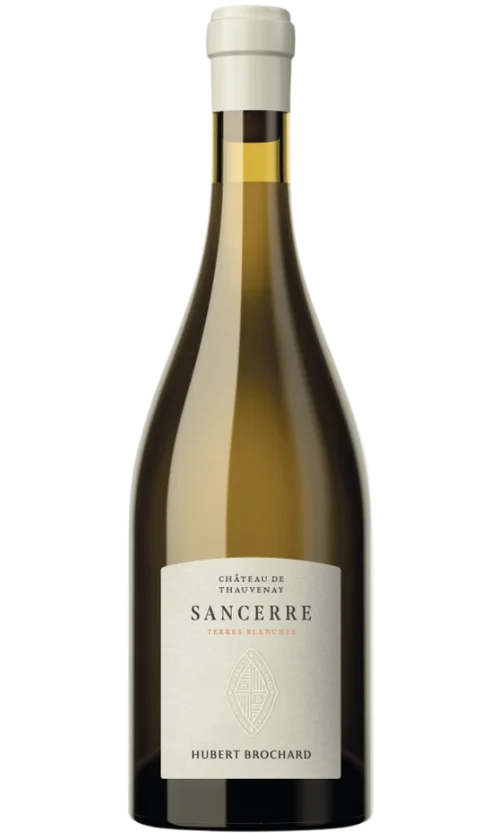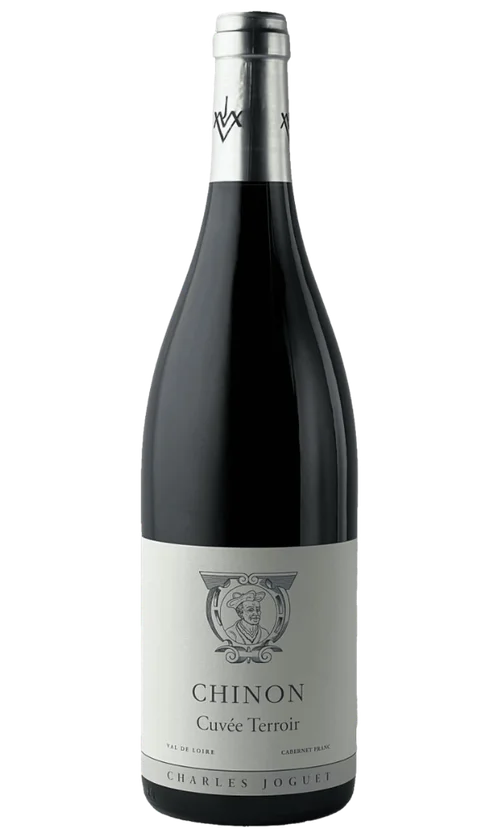About Loire
Loire Facts
With the exception of Sancerre, which has been a hot item in the U.S. market in recent years, Loire Valley wines are among the most underappreciated of France. The wines made from vineyards alongside France's longest river are aromatic, brisk, and generally well-suited for early drinking; what they sometimes lack in flesh and complexity they more than make up for in sheer vibrancy and food-friendliness. The majority of this region's production is white, and white wine accounts for most Loire Valley wine shipped to the U.S.
Varietal Grown in the Loire
Virtually all of the Loire Valley's best bottles come from four grape varieties. The Sauvignon Blanc grape, which makes the perfect summertime white wine--refreshingly brisk and dry--finds its greatest expression in Sancerre and Pouilly-Fume. Chenin Blanc, a white grape grown in a variety of sites from Vouvray to Savennieres, yields wines that range in style from austere, minerally, and bone-dry to lusciously sweet. There is even a sparkling wine made from Chenin Blanc. The chief red grape of the region is Cabernet Franc, which makes a fragrant, juicy, light-to-medium-bodied wine in reasonably ripe years but can be rather green, if not downright underripe, in cooler vintages. Recent vintages, have shown more consistent ripeness, owing in equal part to global warming and to a variety of viticultural improvements aimed at reducing yields, increasing grape sugars, and lowering acidity levels. And of course there's Muscadet, the ultimate oyster wine, made from the Melon de Bourgogne grape in a cool, ocean-influenced climate where the Loire Valley reaches the Atlantic. Most Loire Valley wines are made without the influence of new oak barrels; what they offer, first and foremost, are the flavors of fresh fruit and an expression of minerality.





















